Growth of the Livestock Sector
The expansion of the livestock sector is a crucial driver for the Swine Feed Premix Market. As livestock production increases to meet the rising demand for meat, the need for effective feed solutions becomes paramount. Data indicates that the livestock sector is experiencing growth in various regions, driven by factors such as urbanization and rising incomes. This growth necessitates the use of high-quality feed premixes that can support the health and productivity of swine. Consequently, the Swine Feed Premix Market is positioned to capitalize on this trend, as producers seek innovative and efficient feed solutions to enhance their operations.
Rising Demand for Pork Products
The increasing The Swine Feed Premix Industry. As populations grow and dietary preferences shift towards protein-rich foods, pork remains a staple in many diets. According to recent data, pork consumption is projected to rise, particularly in regions where meat consumption is on the rise. This surge in demand necessitates efficient and high-quality feed solutions, thereby propelling the need for swine feed premixes. Producers are increasingly seeking formulations that enhance growth rates and feed efficiency, which in turn drives innovation within the Swine Feed Premix Market. The need for sustainable and cost-effective feed options further emphasizes the importance of this market segment.
Focus on Animal Health and Nutrition
The emphasis on animal health and nutrition is a significant factor influencing the Swine Feed Premix Market. As consumers become more health-conscious, there is a growing awareness of the impact of animal nutrition on meat quality. Feed premixes that enhance the nutritional profile of swine are increasingly sought after. Data indicates that the market for feed additives, which are integral to premixes, is expanding, reflecting a shift towards more specialized nutrition solutions. This trend is likely to continue as producers aim to improve the overall health and productivity of their livestock. Consequently, the Swine Feed Premix Market is adapting to meet these evolving demands, focusing on formulations that support optimal growth and health.
Regulatory Support for Sustainable Practices
Regulatory frameworks promoting sustainable agricultural practices are influencing the Swine Feed Premix Market. Governments and organizations are increasingly advocating for environmentally friendly feed production methods, which include the use of alternative protein sources and reduced antibiotic usage. This regulatory support encourages producers to adopt sustainable practices, which can lead to a more resilient supply chain. The market is responding to these changes by developing premixes that align with sustainability goals, potentially increasing their appeal to consumers who prioritize ethically sourced products. As sustainability becomes a focal point in agriculture, the Swine Feed Premix Market is likely to benefit from these regulatory trends.
Technological Innovations in Feed Production
Technological advancements in feed production are reshaping the Swine Feed Premix Market. Innovations such as precision nutrition and automated feed formulation are enhancing the efficiency and effectiveness of feed premixes. These technologies allow for the customization of feed to meet specific nutritional requirements, thereby improving feed conversion ratios and overall animal performance. Recent studies suggest that the integration of technology in feed production can lead to significant cost savings and improved sustainability. As producers increasingly adopt these technologies, the Swine Feed Premix Market is likely to experience growth driven by enhanced product offerings and improved operational efficiencies.


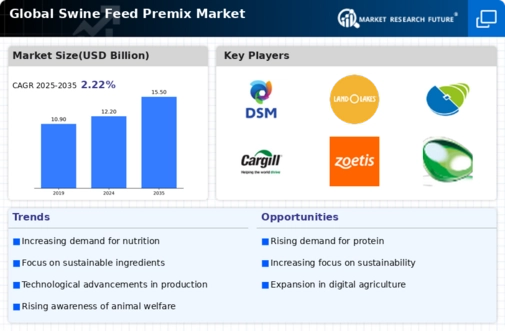

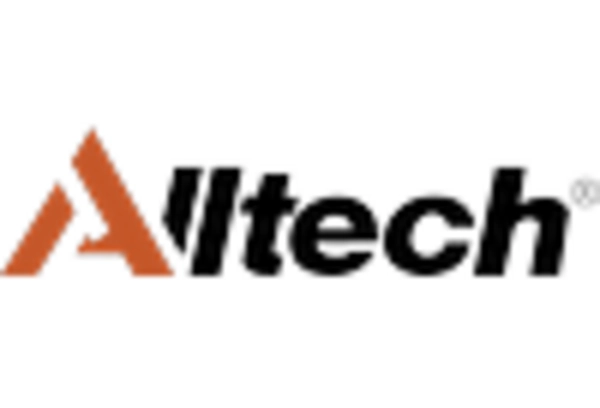
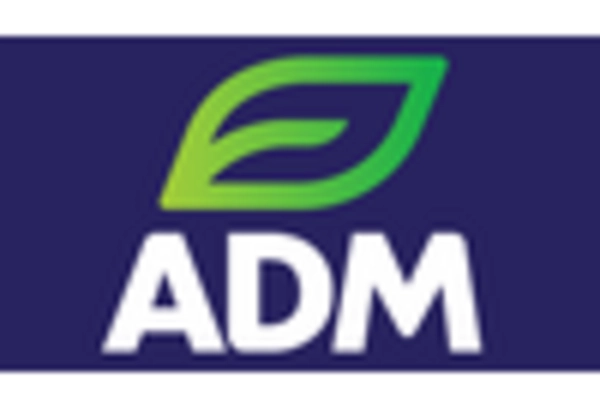
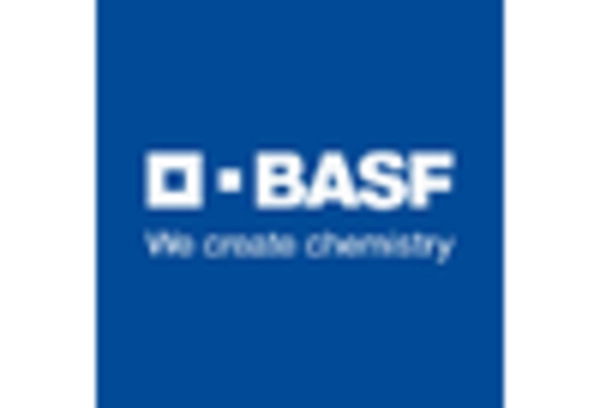
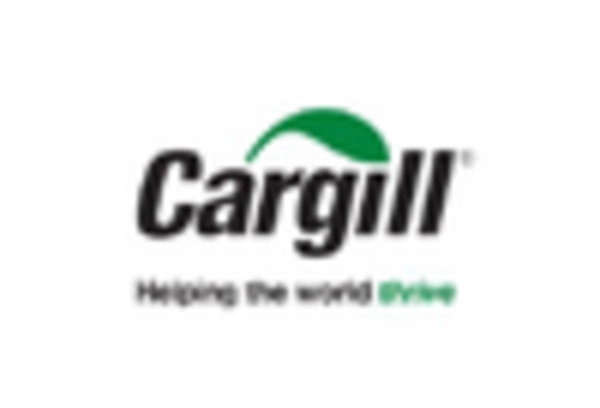
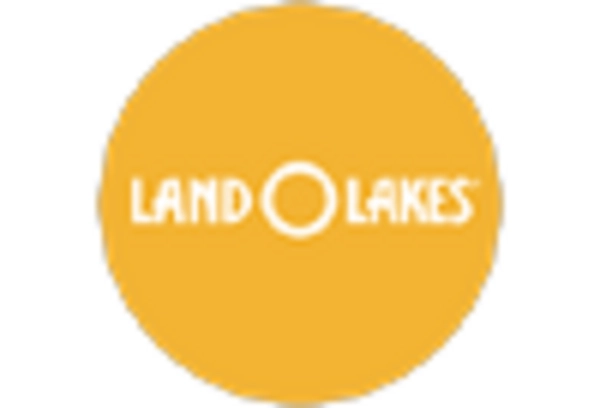
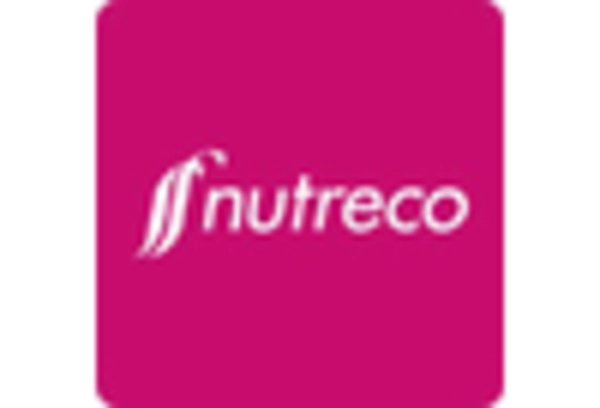








Leave a Comment